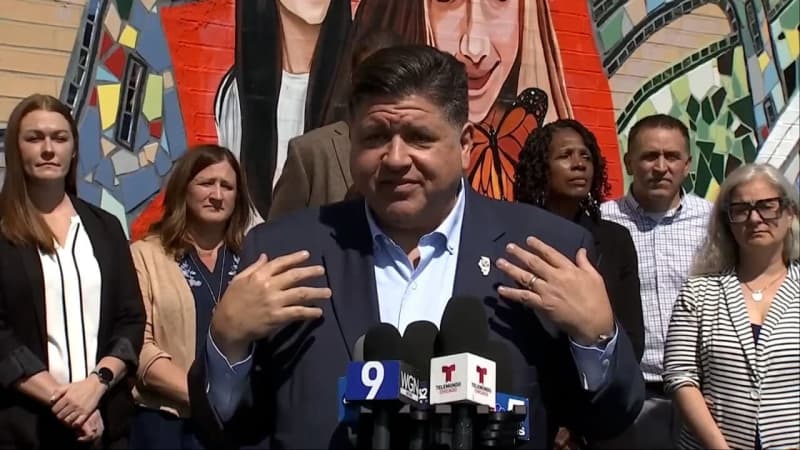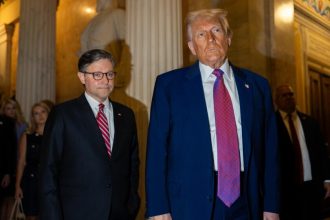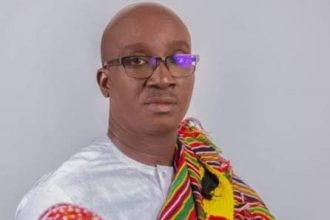(The Center Square) – Discretionary spending by Illinois state leaders has increased more than $16 billion since J.B. Pritzker became governor nearly seven years ago.
That is a total increase of about 43%. Before Pritzker, the state’s general fund spending was roughly flat or had modest increases, according to state data. Republican Gov. Bruce Rauner was in office for part of that time.
In the years of financial data reviewed by The Center Square, Democrats have been in control of the state legislature and most statewide offices. A notable exception was Rauner’s single, four-year term as governor.
“When it comes to overall taxes and the burden on taxpayers, much more has happened over the past six years,” said Ravi Mishra, a researcher for the Illinois Policy Institute, a spending hawk. “Having one party basically in control over your state gives a bit too much power to do whatever they want.”
Government spending in recent years has soared in states after the coronavirus pandemic, thanks to large influxes of federal taxpayer funding and high sales tax revenues from more consumer spending and inflation.
The three annual budgets Illinois lawmakers approved following the start of the pandemic had general fund spending increases of about $6 billion. In the past three years, the annual spending increased another $9 billion to a total of about $55 billion.
Illinois has long suffered from what policy experts dub a “structural deficit,” which means its baseline costs have increased at a greater rate than its tax revenues. Deficit spending had been commonplace before Pritzker.
“For years, Illinois government’s fiscal instability and structural deficit have held us back from becoming the thriving state our residents deserve,” Pritzker noted in 2019 when he presented his first budget recommendation. Pritzker is a potential contender for president in 2028.
Pritzker’s office declined The Center Square’s request to interview someone in the administration about budget priorities.
Illinois governors are required by the state constitution to formulate a budget recommendation each year that is due to lawmakers by February.
Under Pritzker, spending and taxes have increased. Illinois leaders have used some of the additional revenue to pay down debt, bolster the state’s chronically underfunded pension system and balance the annual budgets. But many states are wary of potential declines in revenue in coming years that will include reduced federal funding.
Illinois has another problem: a stagnant to declining population. Estimates show the state of about 13 million lost more than 100,000 residents in the past decade.
So fewer residents are paying more taxes
For this fiscal year, state lawmakers raised taxes on tobacco, vaping, sports betting and corporations that are expected to net the state more than $1 billion in additional revenue.
They eliminated subsidized healthcare for low-income immigrants between the ages of 42 and 64, which is expected to save about $330 million annually. However, lawmakers retained the program for older immigrants, which costs about $110 million.
Lawmakers increased spending for other health and nutrition programs, education and economic development.
The Illinois Policy Institute and Republicans have sought to cut spending and taxes because they say the state suffers from burdensome rates of taxation, especially for property and consumer sales. Those tax rates are among the highest in the country.
But the real problem – according to Ralph Martire, who directs the Center for Tax and Budget Accountability – is how the state levies income and sales taxes. He said inflation-adjusted discretionary spending is less now than it was at the turn of the century.
“We have to do some major tax reform,” he told The Center Square.
How to tax
Illinois has had a so-called “flat” personal income tax rate since it started deducting from those earnings more than five decades ago. That means people pay the same percentage rate, regardless of their income.
About 14 states have a similar tax structure, according to the Tax Foundation. Six of those states, including Iowa, have moved to the flat tax in the past two years.
Illinois, Indiana and Michigan have had flat taxes since the 1960s.
It can be more difficult for states with flat taxes to raise their income tax revenue without affecting lower-income residents compared with states that have graduated rate systems. Under those systems, it’s possible to keep tax rates down for low earners and raise them for high earners.
To change that requires a constitutional amendment in Illinois. Voters roundly rejected one in 2020.
Illinois is also an outlier nationally for how it imposes sales taxes on consumer services, such as the labor for haircuts and car repair. It largely doesn’t.
Martire said taxing that labor would broaden the sales tax base with the potential to reduce the overall tax rate.
“People say, ‘Oh, your rates are crazy,'” Martire said. “It’s crazy because we don’t have the base adjusted correctly.”
He said at least one measure of the tax burden on Illinois residents – when you compare their income with how much tax they pay – ranks it about middle of all states. Other analyses indicate Illinois is among the 10-worst states for high taxes.
Republicans seek cuts
Mishra and Republican lawmakers say the spending increases under Pritzker are evidence of mismanagement of the state’s finances.
“That alone should show how much the state has a spending issue rather than a taxing issue,” Mishra said.
State Rep. Martin McLaughlin, R-Barrington Hills, is critical of the current general fund budget – which has spending increases of more than $2 billion – and has insisted that between $5 billion and $10 billion could be trimmed.
Rep. Blaine Wilhour, R-Beecher City, has said the state doesn’t have much to show for the increased spending under Pritzker: “Has anybody’s quality of life really increased?”
Rep. La Shawn Ford, D-Chicago, who has announced a bid for Congress in 2026, said it will be difficult to increase taxes on “working class people” and that it’s his goal, if elected to federal office, to increase the amount of federal funding for Illinois.
“We will end the fact that Illinois is a donor state where our tax dollars go to Washington and return to us pennies on the dollar,” he told The Center Square. “And that really, really hurts the Illinois budget.”









